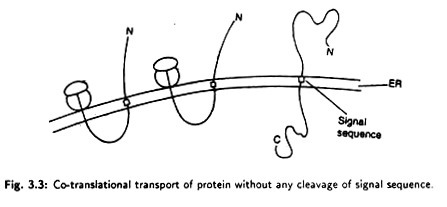Meaning:
Plasma and leucocytes are leaked out through the capillary wall, when the blood flows through the capillary within the tissues.
This leaked out fluid is known as tissue fluid and is reabsorbed into blood. Most of this fluid enters into small vessels known as lymph vessels.
The lymph vessels resemble veins due to their thin walls and presence of valves. This fluid in lymph vessels is known as lymph, which is pale yellow in colour and form lymphatic system (Fig. 1.20). Lymph contains large number of leucocytes but no platelets.
Non cellular part of lymph contains 94% water and solid part which is 6% including proteins, fats, enzymes, inorganic components, antibodies and carbohydrates.
At specific points, the lymph vessels are swollen point called lymph nodes. Lymph nodes are present in neck, armpit and groin region. Thymus and spleen are important lymphatic organs. The lymph nodes are small globular masses of lymphatic tissues.
Functions of Lymphatic System:
1. It collects waste materials from tissues.
2. It adds more lymphocytes to the blood.
3. It maintains the body fluids and blood volumes.
Spleen:
Spleen is the largest lymphatic organ of the human body, measuring 6-8 cm in diameter. It is dark red in colour, located in abdomen behind the stomach above the left kidney. Spleen is covered by a capsule consisting of fibrous tissue and few plain muscle cells.
Functions of Spleen:
1. Spleen produces lymphocytes.
2. It destroys erythrocytes and leucocytes.
3. It also serves to remove pigments and parasites from the body.
4. In an embryo it produces erythrocytes.
